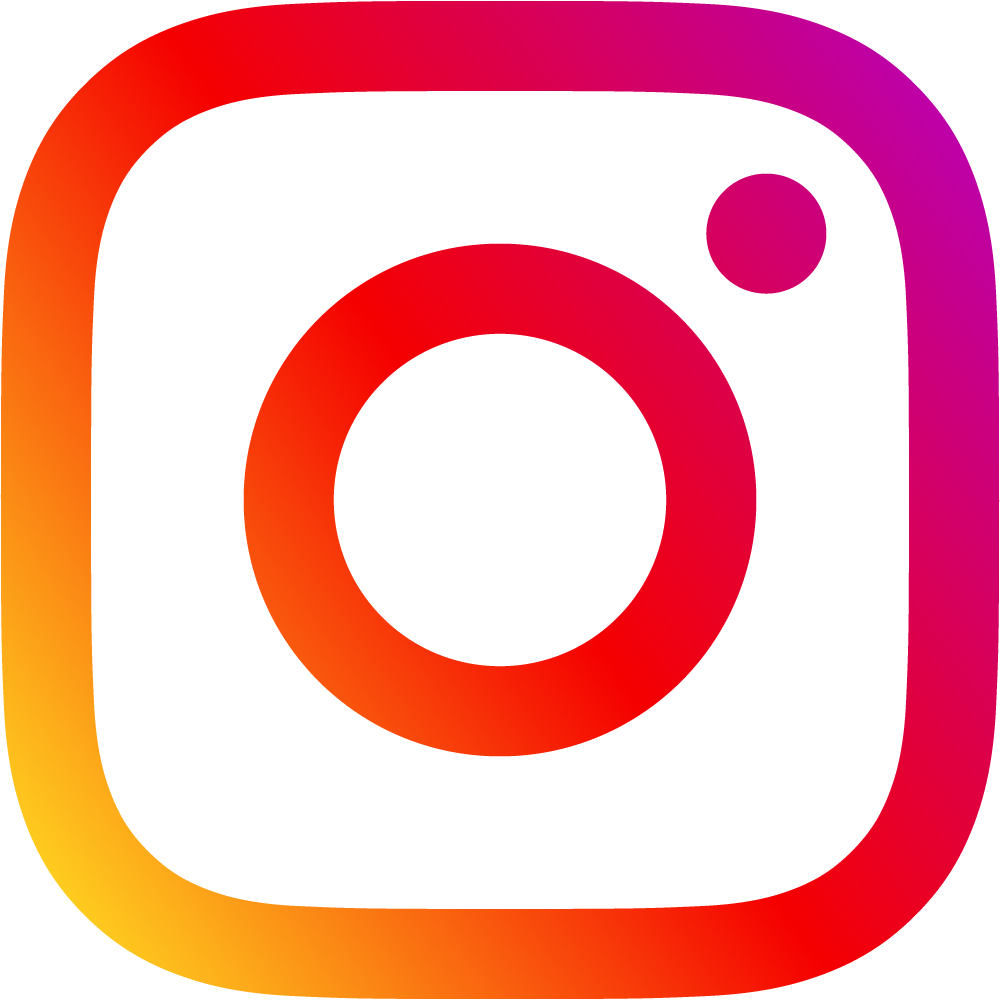

DNA, RNA, deoxyribonucleic acid, ribonucleic acid, hydrogen bond, messenger RNA, ribosomal RNA, transfer RNA, Rosalind Franklin, bases, guanine, adenine, thymine, cytosine, nucleotides.
DNA and RNA, they are two acronyms that a lot of people know, but don't know what the letters stand for. They are:
But, what's the difference?
Well, not a lot. DNA is a double strand of RNA.
So, when we look at the human genome, and we are looking specifically at DNA strands. We are also looking at RNA, but at the point of DNA it has been fused together with a hydrogen bond to make it the double helix that we know.

Around 8% of our DNA is made up of ancient viruses that used to infect our body. This is the result of modern medicine enabling us to use vaccines to be able to quickly remove them.
Let's have a closer look at RNA.
So, if you look at the resources, you can see a diagram of a strand of RNA. This has a backbone of phosphate. This is there on every strand of RNA, and when fused together with another strand of RNA (thus making a strand of DNA), it has two backbones made of phosphates.
You can see the different types of base it has. Again, similar to DNA, it has three of the four bases - Adenine, Guanine, and Cytosine. It also uses Uracil in place of Thymine. This is still a building block like Thymine, but it is exclusively present in RNA.
There are three types of RNA:
Each of these work in their purpose - messenger RNA allows for messages to be sent and received, ribosomal RNA works with ribosomes to help create proteins, and the transfer RNA allows for the synthesis of protein.
As all living organisms have DNA in them, it depends on their size as to how long those strands of DNA are. A large creature (such as humans, or other large animals) have longer strands of DNA, whereas something as small as bacteria, which is a single-celled organism, has just one strand of DNA.

"The results suggest a helical structure which must be very closely packed containing probably 2, 3 or 4 coaxial nucleic acid chains per helical unit and having the phosphate groups near the outside."
~Rosalind Franklin.
So, we know that RNA is a single strand with three of the four bases, and another base called Uracil. When two strands of RNA fuse together, they use a hydrogen bond. This bond is like a magnetic polar attraction. If we think of two strands of RNA having a North and South pole, they fit together (attract) with both North or South poles, but not the other way around.
This process using the hydrogen bond links two nucleotidesA nucleotide is one part of the DNA strand - Adenine, Cytosine, Guanine and Thymine are nucleotides. together, and forms the DNA strand in the double helix format we see under a microscope.
Here is a YouTube video from Cognito to watch about DNA:
DNA's layout looks like a double helix. When you look at it under a microscope, that is literally how it looks. It was first discovered to be this way in 1953 by James Watson and Frances Crick, who beat Rosalind Franklin to the post of being the first to picture it.
It uses all four of the bases, and forms in a pattern that we have been decoding it since 1990, when the Human Genome Project started.
On that note, base pairing is where you have one of the nucleotides, and it connects or bonds with one of the other nucleotides. Let's make an example: you have an Adenine nucleotide. When it bonds with another nucleotide, it will always be with Thymine. The same goes for Cytosine with Guanine. If you were to see it like a puzzle board, the Adenine nucleotide only has a piece that will fit with a Thymine nucleotide.
Adenine and Thymine create two hydrogen bonds, whereas Cytosine and Guanine form with three hydrogen bonds. If you know one side of the DNA strand, you can pretty much guess the opposite side of it, using this theory of knowing that A links to T, and C links to G.
What can we use DNA for? Well, the most obvious is that it can be used to identify someone. Your DNA is your own. Yes, we know that DNA comes from both the father and mother of the family to create yours, but your DNA is all your own. So, in this case, it can be used as a form of identification. When this is likely to be used is during a court case if you've commited a crime, or just to make sure you haven't by eliminating your DNA from a list of people it might be.
Another use of DNA is for ancestral viewing. This means that you can look back through the generations of your family using your DNA to see who you are related to. It could mean that you are related to some sort of royalty, or a massive line of serial murderers. Who knows?
DNA can also be used for good, in that it can be used to find cures or treatment for diseases that people have. In that, you can also test for disease using your own DNA - if you have a Covid-19 test at home, this uses your DNA on a Polmerase Chain Reaction test, or PCR. It creates masses of duplicates of your DNA, and tests it to see if you have contracted Covid-19 or not.
If you are unable to see the board, please click here.
Disclaimer
About Me


